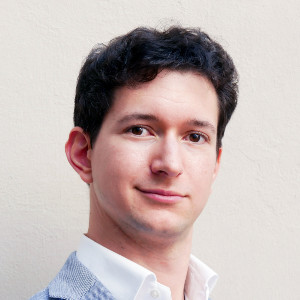If it does not have to be action-oriented, what structure would you suggest for the conclusio?
Does your conclusion still have to be action oriented (+ 3 prong justification, risks and next steps) when you have not reached a conclusion in the case, i.e. you ran out of time and still did not prove your hypothesis?


I had this happen to me at a BCG R1 (I did clear it to R2, fyi). I had a very interesting pharma case where there was a particular question the partner had that no one could solve that day (it was a MBA recruiting event so all of us chatted after to discuss). Just one of those things. I was 1 of only 3 to clear R1 and here's what I did in terms of recommendation:
1. I recommended the company "do nothing" -- yes. I told them the data we had analyzed and understood so far was not enough to do anything in either direction. People forget that "not doing something" is also a strategy.
2. I then justified it via: 1) lining up the cost of doing X, Y, or Z (e.g. sell assets, or new drug trial, etc) + oppty costs. 2) Fact that nothing jumped out means the problem isn't severe enough just yet -- if doctors can wait to diagnose a disease when signs are clearer, why not consultants? 3) There are other peripheral things we can do in the meantime (for this firm, I recommended a few basic cost-cutting measures I Was able to ID).
3. I skipped risks -- there are no "new" business risks in doing nothing, but I did mention we need to revisit the problem in 2-3 Qs.
Hope this helps. This won't work for everyone, but it did for me.

Hi Thierry,
yes, you should still keep an action oriented conclusion; quoting a previous answer, the structure could be the following:
- Repeat the objective: “Dear Mr CEO, you asked us to find why profits are going down and a way to increase them by $5M in 2 years” – This allows you to be 100% sure you are fully answering the case. More than 50% of the people don’t do this, so you will be already above average with this step
- Provide an answer-first conclusion: “With the information we have so far we can conclude that the main reason for the profit decline is increasing labour cost abroad. We also found a way to increase profits by $3.5M. This is coming from two sources: (i) relocating part of the production in Mexico and (ii) starting our own website.” If there are only two areas you found to increase profits, you have to mention two. Of course, if you found a third one, would be good to add it.
- Provide next steps – including risks: “We haven't fully covered the monetary objective and considered the risks involved. As additional steps, we would propose the following: (i) There may be some issues with the relocation in Mexico due to potential layoffs in the US which would be worth to be investigated. (ii) We would be happy to continue the analysis to identify additional $1.5M in profits. To do so, as we saw it could make sense to investigate the launch of a new product in the market. We would like to provide a full analysis on this in a couple of days”
Best,
Francesco

Hi,
You'll face this situation in 90% of the cases. Basically, consultants are testing you on 2 things:
- How comfortable you are in providing some recommendation based on limited data
- Are you making a mistake, showing too much confidence in the solution that is not properly backed up by data
Here is how you can mitigate this:
- State what was the problem
- Then say something like: Based on the limited data we have, my recommendation is the following...
- And here are the 3 reasons why... A...B...C...
- To be 100% sure in this recommendation, additionally, I would like to check the following...
In the last bullet, you simply provide a list of what else you need to check to be comfortable with the solution
Good luck!












